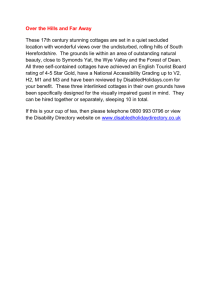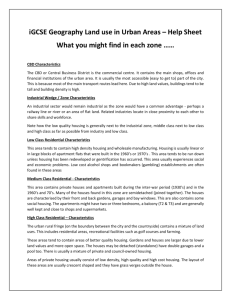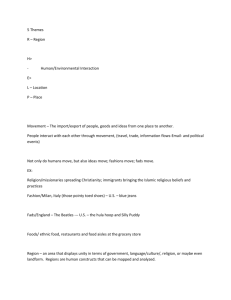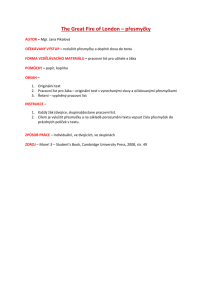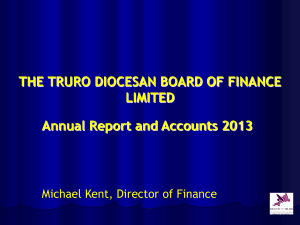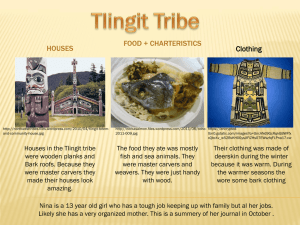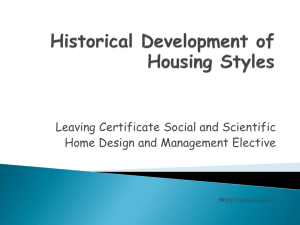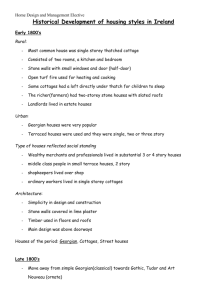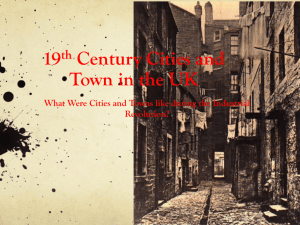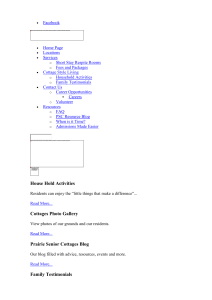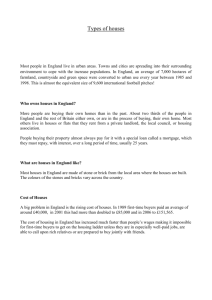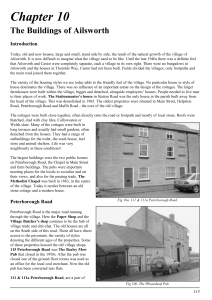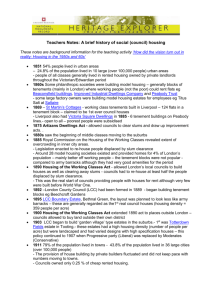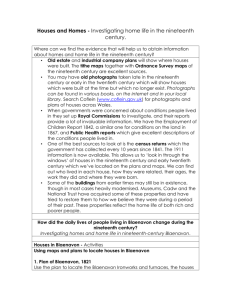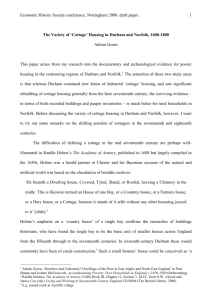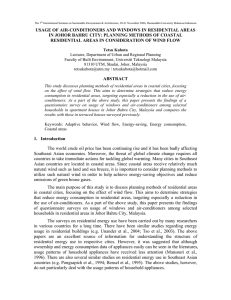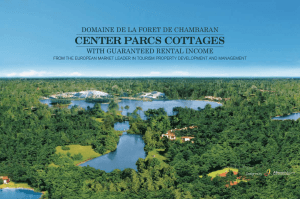House and Flats 1.
advertisement
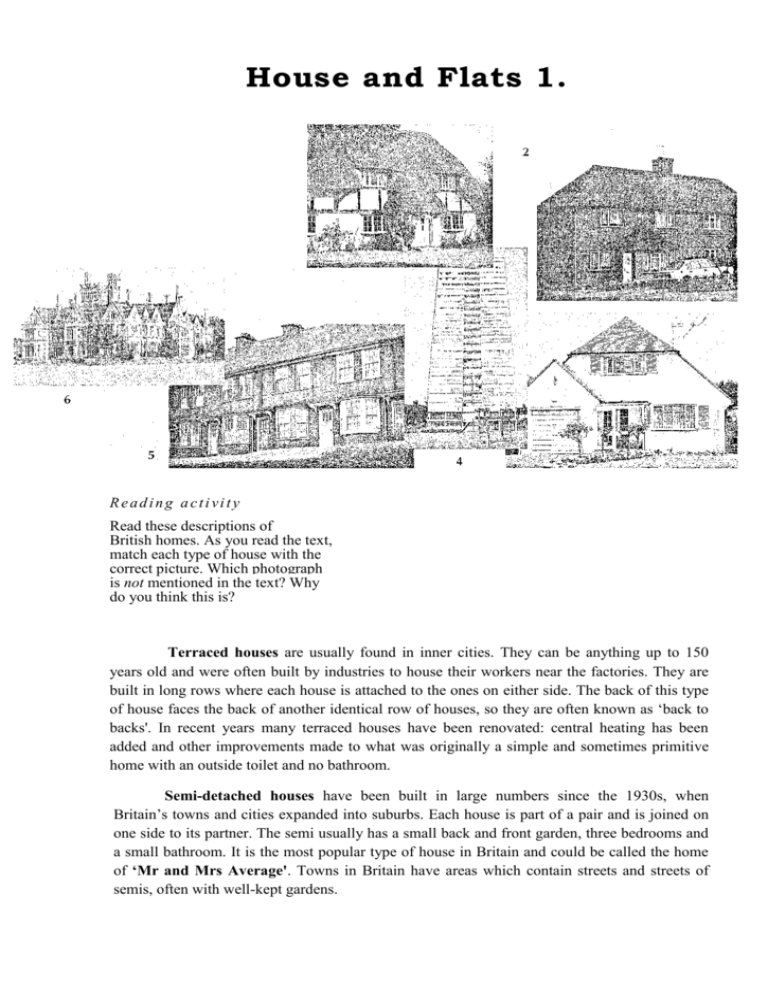
House and Flats 1. Reading activity Read these descriptions of British homes. As you read the text, match each type of house with the correct picture. Which photograph is not mentioned in the text? Why do you think this is? Terraced houses are usually found in inner cities. They can be anything up to 150 years old and were often built by industries to house their workers near the factories. They are built in long rows where each house is attached to the ones on either side. The back of this type of house faces the back of another identical row of houses, so they are often known as ‘back to backs'. In recent years many terraced houses have been renovated: central heating has been added and other improvements made to what was originally a simple and sometimes primitive home with an outside toilet and no bathroom. Semi-detached houses have been built in large numbers since the 1930s, when Britain’s towns and cities expanded into suburbs. Each house is part of a pair and is joined on one side to its partner. The semi usually has a small back and front garden, three bedrooms and a small bathroom. It is the most popular type of house in Britain and could be called the home of ‘Mr and Mrs Average'. Towns in Britain have areas which contain streets and streets of semis, often with well-kept gardens. The detached house stands by itself, usually with a garden all around it. These houses are much more expensive than semis and are often owned by professional people. Most detached houses are to be found in affluent suburbs or in the ‘green belt' - a strip of protected open countryside around a city, where no industrial development or major building schemes are allowed. Some large cities (particularly London) also have a ‘commuter belt' - so called because the professionals who live there travel (commute) every day to work into the city by train or car. London is surrounded by miles and miles of ‘commuter belt'. Some commuters travel up to three or four hours a day to get from their homes to the inner city. Britain is famous for its country cottages which were often built on the country estates of wealthy landowners. The workers on the estate rented the cottages from the landowner and worked on the land. Cottages were also frequently built around a village green. Cottages have low ceilings, wooden beams and sometimes a thatched roof. In recent years some cottages have become second homes, bought by professionals during the economic boom of the 1980s. In the 1950s and 1960s local councils cleared a lot of the slums in the inner city areas and knocked down terraced houses in very poor areas. The people were re-housed in tower blocks on the outskirts of the city or in the centre of the city. Tower blocks can vary from 3-5 storeys high up to 10-20 storeys high. Each storey contains 5 or 6 flats for families. In recent years local councils have tried to improve the areas around tower blocks by creating ‘green space’, children’s playgrounds and facilities for the community to use. Some tower blocks in large cities like London can be very dangerous at night and they have been criticised for their long dark corridors, which encourage crime and vandalism.
